#snow moon
Text
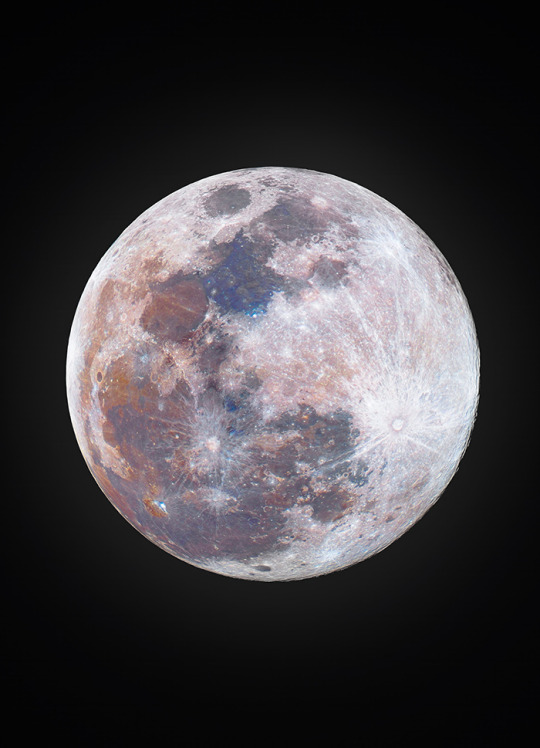
Full Snow Moon l Andrew McCarthy
#snow moon#full moon#february#space#astrophotography#astronomy#stars#night#galaxy#sky#universe#planets#solar system#moon#2024
3K notes
·
View notes
Text

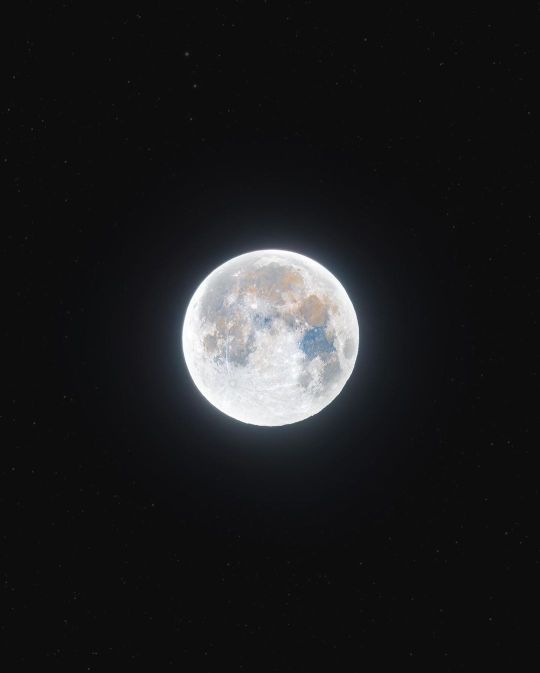
Snow Moon 2024 © astronycc
#snow moon#full moon#astrophotography#moon#space#solar system#february#night sky#stars#astronomy#planet#galaxy#universe#cosmos
2K notes
·
View notes
Text

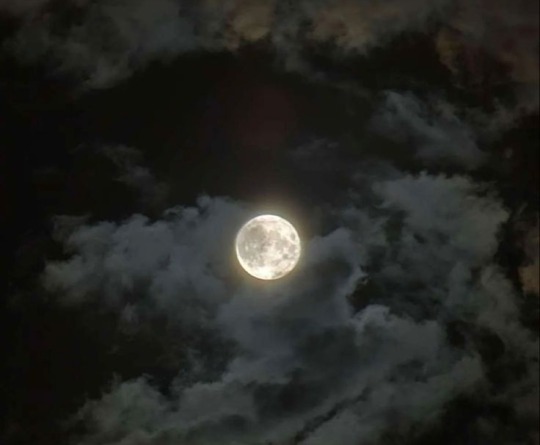



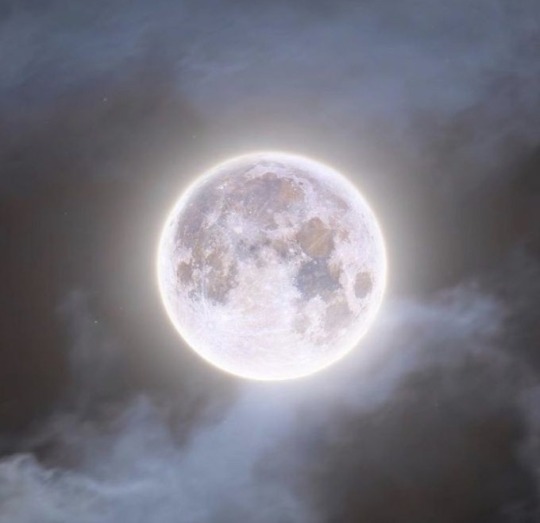
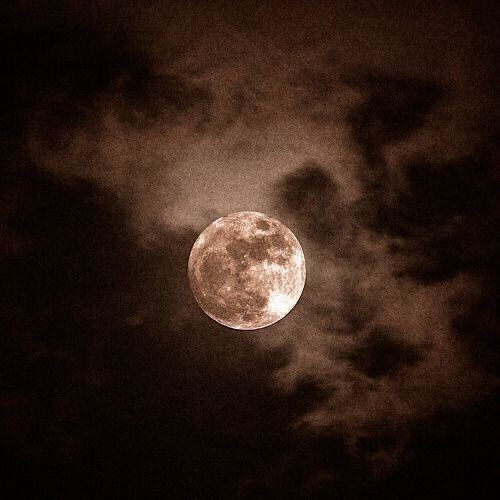
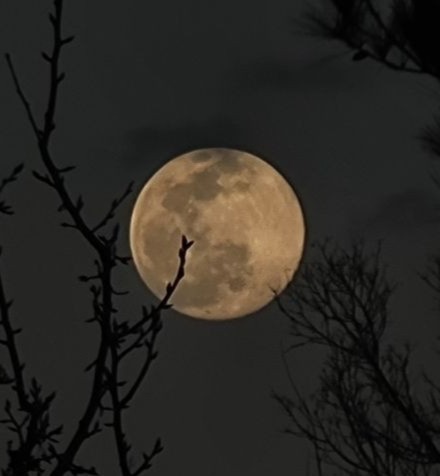
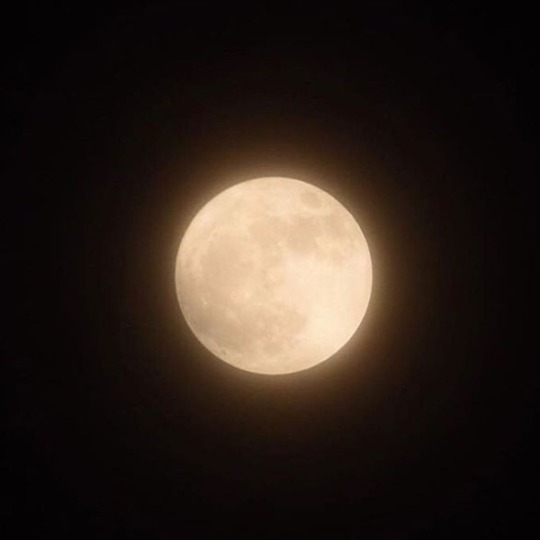
#fyppage#darkness#late night#gothic#night sky#halloween#vampire#witchcraft#dark moon#darkcore#moon girl#new moon#full moon#moonlight#moon light#moon witch#wolf moon#snow moon#winter moon#witchy vibes#witchcore#dark art#dark core#whitch#wiccan#wiccawoman#foggy weather#foggy forest#cloudy sky#moon photography
5K notes
·
View notes
Text
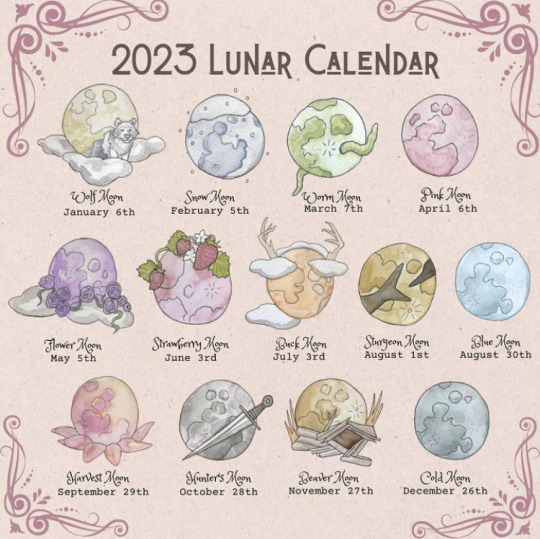
🌕 2023 lunar calendar 🌕
I know that the first moon of the year has already passed, but I forgot to post it, I'm sorry.
This beautiful artwork belongs to @waterofwhimsy
#lunar calendar#witch#witchblr#witchcraft#baby witch#wicca#new moon#full moon#wolf moon#snow moon#worm moon#pink moon#flower moon#strawberry moon#buck moon#sturgeon moon#blue moon#harvest moon#hunter’s moon#beaver moon#cold moon#moon water#witches#witch aesthetic
2K notes
·
View notes
Text
February 2024 witch guide
Full moon: February 24th
New moon: February 9th
Sabbats: Imbolc-February 1st
February Snow Moon
Known as: Eagle Moon, Horning Moon, Solmonath Moon, Bear moon, Ice Moon, Wild Moon, Raccoon Moon, Big Winter Moon, Groundhog Moon, Quickening Moon, Storm Moon, Goose Moon, Hungry Moon & Red/Cleansing Moon
Element: Fire
Zodiac: Aquarius & Pisces
Nature spirits: House Faeries
Deities: Aphrodite, Brigid & Nut
Animals: Otter & Unicorn
Birds: Chickadee & Eagle
Trees: Cedar, laurel, myrtle & rowan
Herbs: Balm of Gilead, hyssop, myrrh, sage & spikenard
Flowers: Primrose
Scents: Heliotrope & wisteria
Stones: Amethyst, jasper, moonstone, obsidian, onyx , rose quartz, topaz & red zircon
Colors: Light blue & violet
Energy: Astral travel, banishing, beginnings, breaking bad habits, creativity expressiveness, empowerment, energy working to the surface, fertility, forgiveness, freedom, friendships, future plans, growth, healing, problem solving, purification, responsibility & science
February’s full Moon is a “Micromoon” this year. Think of this term as the opposite of a “Supermoon.” It simply means that the full Moon is at its farthest point from Earth (not the nearest point).
The explanation behind February’s full Moon name is a fairly straightforward one: it’s known as the Snow Moon due to the typically heavy snowfall that occurs in February. On average, February is the United States’ snowiest month, according to data from the National Weather Service. In the 1760s, Captain Jonathan Carver, who had visited with the Naudowessie(Dakota), wrote that the name used for this period was the Snow Moon, “because more snow commonly falls during this month than any other in the winter.”
Imbolc
Known as: Feast of Torches, Feast of Waxing Light, Oimele & Brigid's Day
Season: Winter
Symbols: Besoms, Brighid's crosses, candles, candle wheels, fertility symbols, fire, ploughs, priapic wands & white flowers
Colors: Black, brown, Earth tones, lavender, light green, orange, pink, red, white & yellow
Oils/Incense: Apricot, basil, bay, carnation, chamomile, cinnamon, dragon's blood, frankincense, heather, jasmine, myrrh, neroli, red sandalwood, sage, vanilla, violet & wisteria
Animals: Badger, cow, deer,groudhog, robin, sheep, snake, & swan
Mythical: Dragon
Stones: Amethyst, bloodstone, citrine, clear quartz, garnet, green tourmaline, hematite, iron, lodestone, onyx, red zircon, rose quartz, ruby, turquoise, yellow tourmaline
Food: Breads, chives, curries, dairy products, grains, garlic, herbal teas, honey cakes, lamb, muffins, onions, peppers, poppy seed cakes, pork, poultry, pumpkin seeds, raisins, scones, spiced wines & sunflower seeeds
Herbs/Plants: Angelica, ashleaf, balsam, basil, bay laurel, benzoin, blackberry, clover, coltsfoot, coriander, dragon's blood, garlic, heather, lemon, myrrh, rosemary, sage, vervain, wheat & witch hazel
Flowers: Celandine, chamomile, iris, rose hips, snowdrop, sunflower, tansy, violets, white flowers & yellow flowers
Goddesses: Anu, Aradia, Arianrhod, Artio, Athena, Branwen, Brigid, Danu, Februa, Gaia, Inanna, Juno, Selene, Sirona & Vesta
Gods: Aegus Mac Og, Bragi, Cupid, Dian Cecht, Dumuzi, Eros, Februus & Pax
Issues, Intentions & Powers: Activation/awakening, animals, beginnings, fertility, healing, hope, illumination, inspiration, light, pregnancy/childbirth, prophecy, transformation, well-being & youth
Spellwork: Air magick, banishings, candle spells, divination, fertility spells, prosperity & purification
Activities:
• Make & light white candles
• Clean/decorate your altar & consecrate your altar tools
• Go on a walk in nature & look for signs of spring
• Make a Brigid's Cross
• Have a feast with your family/friends
• Give thanks & leave offerings to the Earth
• Set intentions, reflect & look deeper into your goals for spring
• Start a bonfire
• Find Imboloc prayers & devotionals that bid farewell to the winter months, honor the goddess Brigid, as well as seasonal blessings for your meals, hearth, & home.
• Pepare plans for your upcoming garden
• Craft a priapic wand
• Spend time with children celebrating Imbolc by making crafts & or baking
• Practice divination & fire scrying
• Draw a cleansing ritual bath for yourself
• Meditate, reflect & say your farewells to winter
• Cleanse & clean your house to prepare for spring
• Create a Brídeóg: a doll of Brigid made of straw
• Make Bride's bouquet satchets & exchange as symbols of good luck and fertility
• Set aside food & or drinks as an offering to Brigid to invite her in your home
Imbolc is a Gaelic festival marking the beginning of spring. Most commonly it is held on January 31 – February 1, or halfway between the winter solstice & the spring equinox. The holiday is a festival of the hearth, home, a celebration of the lengthening days & the early signs of spring.
The word "imbolc" means "in the belly" and refers to the pregnancy of ewes at this time of year. The term "oimelc" means ewe's milk. Around this time of year, many herd animals give birth to their first offspring of the year or are heavily pregnant & as a result, they are producing milk. This creation of life’s milk is a part of the symbolic hope for spring.
Imbolc is mentioned in some of the earliest Irish literature and it is associated with important events in Irish mythology. It has been suggested that it was originally a pagan festival associated with the goddess Brigid and that it was Christianized as a festival of Saint Brigid, who herself is thought to be a Christianization of the goddess.
Some use Imbolc to celebrate the longer days which herald the return of Spring & The Goddess's recovery from giving birth to The Sun (The God) at Yule. The God & The Goddess are children symbolizing new life, new beginnings & new resurrections.
Related festivals:
• Groundhog Day- Is a tradition observed in the United States & Canada on February 2 of every year. It derives from the Pennsylvania Dutch superstition that if a groundhog emerges from its burrow on this day & sees its shadow, it will retreat to its den & winter will go on for six more weeks; if it does not see its shadow, spring will arrive early.
While the tradition remains popular in the 21st century, studies have found no consistent association between a groundhog seeing its shadow & the subsequent arrival time of spring-like weather.
•St. Brigid's Day- 1 February. It was originally Imbolc, the first day of spring in Irish tradition. Because Saint Brigid has been theorised as linked to the goddess Brigid, some associate the festival of Imbolc with the goddess. St. Brigid is the patroness saint (or 'mother saint') of Ireland. She is patroness of many things, including poetry, learning, healing, protection, blacksmithing, livestock & dairy production. In her honour, a perpetual fire was kept burning at Kildare for centuries.
A recent campaign successfully established her feast day as a national holiday in 2023.
• Chinese New Year- (February 10th) the festival that celebrates the beginning of a new year on the traditional lunisolar Chinese calendar. In Chinese, the festival is commonly referred to as the Spring Festival,- marking the end of winter and the beginning of the spring season. Observances traditionally take place from Chinese New Year's Eve, the evening preceding the first day of the year, to the Lantern Festival, held on the 15th day of the year. The first day of Chinese New Year begins on the new moon that appears between January 21st & February 20th.
The Chinese New Year is associated with several myths and customs. The festival was traditionally a time to honour deities as well as ancestors. Within China, regional customs and traditions concerning the celebration of the New Year vary widely & the evening preceding the New Year's Day is frequently regarded as an occasion for Chinese families to gather for the annual reunion dinner.
It is also a tradition for every family to thoroughly clean their house, in order to sweep away any ill fortune & to make way for incoming good luck. Another custom is the decoration of windows & doors with red paper-cuts and couplets. Popular themes among these paper-cuts and couplets include good fortune or happiness, wealth & longevity. Other activities include lighting firecrackers & giving money in red envelopes.
• Candlemas- is a Christian feast day on February 2nd commemorating the presentation of Jesus at the Temple. It is based upon the account of the presentation of Jesus in Luke 2:22-40.
While it is customary for Christians in some countries to remove their Christmas decorations on Twelfth Night, those in other Christian countries historically remove them after Candlemas.On Candlemas, many Christians also take their candles to their local church, where they are blessed and then used for the rest of the year.
•Setsubun- (February 3rd) Is the day before the beginning of spring in the old calendar in Japan. The name literally means 'seasonal division', referring to the day just before the first day of spring.
Both Setsubun & Risshun are celebrated yearly as part of the Spring Festival (Haru matsuri ) in Japan. In its association with the Lunar New Year, Setsubun, though not the official New Year, was thought of as similar in its ritual & cultural associations of 'cleansing' the previous year as the beginning of the new season of spring. Setsubun was accompanied by a number of rituals & traditions held at various levels to drive away the previous year's bad fortunes & evil spirits for the year to come.
Other Celebrations:
• Lupercalia-
In ancient Rome, this festival was conducted annually on February 13th through 15th under the superintendence of a corporation of priests called Luperci. The origins of the festival are obscure, although the likely derivation of its name from lupus (Latin: “wolf”) has variously suggested connection with an ancient deity who protected herds from wolves and with the legendary she-wolf who nursed Romulus and Remus. As a fertility rite, the festival is also associated with the god Faunus.
to purify the city, promoting health & fertility.
Each Lupercalia began with the sacrifice by the Luperci of goats and a dog, after which two of the Luperci were led to the altar, their foreheads were touched with a bloody knife & the blood was wiped off with wool dipped in milk; the ritual required that the two young men laugh. The sacrificial feast followed, after which the Luperci cut thongs from the skins of the sacrificial animals & ran in two bands around the Palatine hill, striking with the thongs at any woman who came near them. A blow from the thong was supposed to render a woman fertile.
In 494 CE the Christian church under Pope Gelasius I forbade participation in the festival. Tradition holds that he appropriated the form of the rite as the Feast of the Purification (Candlemas), celebrated on February 2, but it is likely that the Christian feast was established in the previous century. It has also been alternately suggested that Pope Gelasius I replaced Lupercalia with St. Valentine’s Day, celebrated on February 14th, but the origin of that holiday was likely much later.
Sources:
Farmersalmanac .com
Llewellyn's Complete Book of Correspondences by Sandra Kines
Wikipedia
A Witch's Book of Correspondences by Viktorija Briggs
Encyclopedia britannica
Llewellyn 2024 magical almanac Practical magic for everyday living
#witchblr#wiccablr#paganblr#witchcraft#witch guide#February 2024#snow moon#Imbolc#witch community#witches of tumblr#tumblr witches#correspondences#grimoire#book of shadows#spellbook#traditional witchcraft#spellwork#witch tips#witch tumblr#beginner witch#baby witch#witchcore#Lupercalia#full moon#moon magic#GreenWitchcrafts#pagan#wicca#witch#witchy things
281 notes
·
View notes
Text

Monday morning blues..
333 notes
·
View notes
Text
Snow Moon - February 23-24, 2024

Boots and mittens on, witches - it's time for the Snow Moon!
Snow Moon
The Snow Moon is the name given to the full moon which occurs during the month of February. Despite what certain groundhogs will tell you, February is the month that sees the highest rates of snowfall across much of North America, according to the National Weather Service, and many alternative names for the moon and the month in which it falls reflect this.
As with many full moon names, we find the roots of the Snow Moon among the indigenous peoples of North America. In this particular case, a colonist explorer noted in 1760 that the Naudowessie (Dakota) people called this month Snow Moon specifically due to the tendency for snowstorms to come during that month. Some other indigenous names for this moon and month refer to commonly-sighted animals. Some examples include Eagle Moon (Cree), Bear Moon (Ojibwe), Groundhog Moon (Algonquin), and Goose Moon (Haida). Another notable example is Hungry Moon (Cherokee), denoting the scarcity of available food in deep winter.
The Snow Moon this year is what is known as a "micromoon" - basically the opposite of a supermoon. Where a supermoon brings our beloved satellite closer to Earth, at the perigree (or zenith) of its' elliptical orbit, a micromoon is at the apogee (or nadir), placing the moon at a point comparatively farther away. The moon will be at peak illumination at 7:30am EST on February 24th, meaning the moon may appear to be full on the 23rd and the 24th, depending on where you live.
What Does It Mean For Witches?
February is a month of change and transition. Though winter still holds on, many places may be showing early signs of spring. Little buds may be coming out on the trees, certain species of birds are beginning to migrate back, and hibernating animals start to wake up and reappear.
As we begin to turn toward the end of our long winter's rest, it's a good time to think about how we prepare for oncoming change and how we care for ourselves and our practices during times of stagnation.
With the moon in apogee, we might also contemplate the concept of distance as it relates to our practices, be it keeping long-distance bonds fresh, doing things remotely either alone or as part of a larger group, or feeling distant from your craft or your deities. And yes, such things are normal and cyclical. Our inspiration and motivation wax and wane just as the moon does. If it feels like you've been far away from your craft for too long, perhaps it's time to bring it back into your orbit.
What Witchy Things Can We Do?
Gather fresh snow or icicles for moon water, or make your own moon ice by leaving a bowl of water out overnight to freeze, if the temperature drops low enough.
If it snows in your area, you can wish upon a snowball. Grab a handful of powdery snow, whisper your wish to it, and throw the whole thing up in the air to release the wish into the universe
With winter scarcity in mind, practice creating a minimalist spell as an exercise. Create a workable spell with as few components, words, movements, or ritual elements as possible. This is more of a challenge if you're used to using material components or rituals in your spellwork. Many witches cast spells with focused thought or energy work alone.
Explore the concept of self care as magic. Use your routines to create moments of rest and harmony, make a point of being kind to your body and your mind, and cultivate a more positive relationship with yourself - it's the only one guaranteed to last a lifetime.
Connect with your local biome by looking for any early signs of spring in your area. Feed the returning birds and identify the plant and animal species you see around you as they appear one by one.
Happy Snow Moon, witches! 🌕❄️
SOURCES & FURTHER READING:
Bree’s Lunar Calendar Series
Bree’s Secular Celebrations Series
Snow Moon: Full Moon in February 2024, The Old Farmer's Almanac.
Snow Moon: The Extraordinary Full Moon of February 2024, The Peculiar Brunette.
Moon Info - Full Moon Dates for 2024
Calendar-12 - 2024 Moon Phases
Everyday Moon Magic: Spells & Rituals for Abundant Living, Dorothy Morrison, Llewellyn Publications, 2004.
(If you’re enjoying my content, please feel free to drop a little something in the tip jar, check out my monthly show Hex Positive, and find my published works on Amazon or in the Willow Wings Witch Shop. 😊)
#witchcraft#witchblr#witch community#baby witch#witch tips#lunar magic#moon magic#full moon#snow moon#pagan#lunar calendar
202 notes
·
View notes
Text


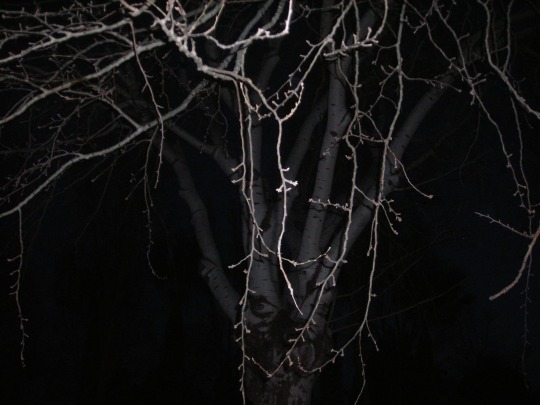

242 notes
·
View notes
Text

Moon on February 24th (Snow Moon)
181 notes
·
View notes
Text

February Full Moon l Rami Ammoun
#moon#full moon#snow moon#space#universe#astrophotography#astronomy#stars#night#galaxy#sky#solar system#planets#february#2024
1K notes
·
View notes
Text

Switch it up!
163 notes
·
View notes
Text


Snow Moon Kayn Fan Art by Ravio
109 notes
·
View notes
Text


Snow Moon!~💙
240 notes
·
View notes
Text

Through brush, through trees, and naked
62 notes
·
View notes
Text

A Conversation with the Full Snow Moon [Feb' 24]
#own photo#full moon#snow moon#la luna#lune#luna#moon#winter#february#dark nature#darkness#night#moonography#lensblr
75 notes
·
View notes
Text

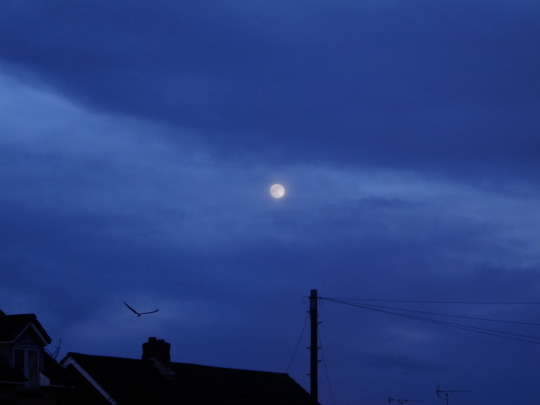
The Full Snow Moon [February 2024]
#own photo#own photos#moon#luna#the moon#full moon#snow moon#february#2024#winter#dusk#sunset#evening#lensblr#nature#moonographer#original photographers
59 notes
·
View notes